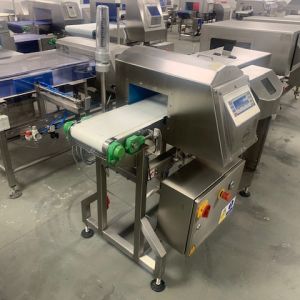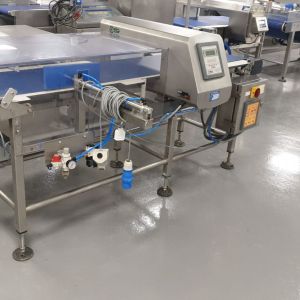
What is a Metal Detector?
A metal detector in the food industry is used to identify and remove metal contaminants from food products during processing and packaging. Its primary purpose is to ensure food safety, protect consumers, and help manufacturers comply with industry regulations such as HACCP, BRC, and FDA standards.
These detectors can identify various types of metals, including:
-
Ferrous metals (e.g. iron and steel)
-
Non-ferrous metals (e.g. aluminium and copper)
-
Stainless steel, even in small fragments
Metal detectors are typically placed at critical control points in the production line—such as after packaging, before filling, or before dispatch—to catch any contamination that may have occurred during mixing, grinding, or packaging. Once detected, contaminated products are automatically rejected from the line.
This helps to:
-
Prevent product recalls
-
Protect brand reputation
-
Ensure consumer safety
-
Comply with legal and retailer requirements
In short, food-grade metal detectors are a key component of quality assurance and food safety management systems.
Select a Metal Detector Solution











